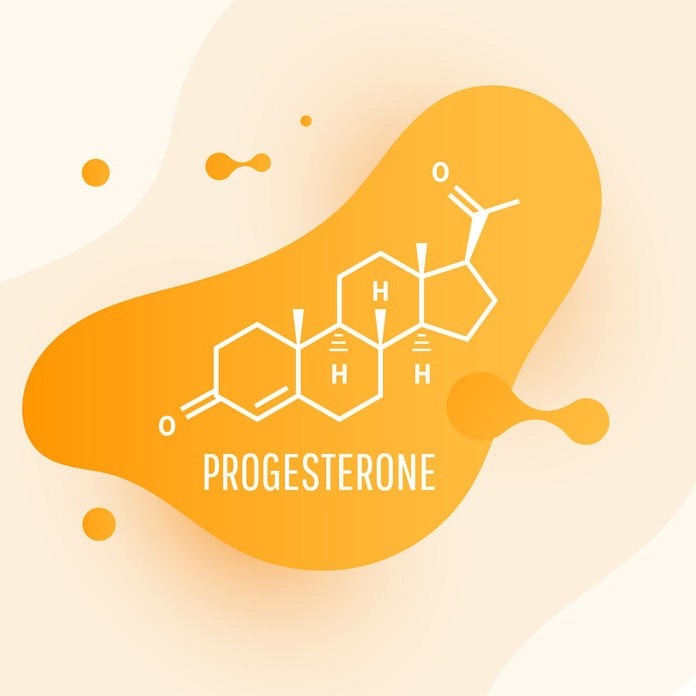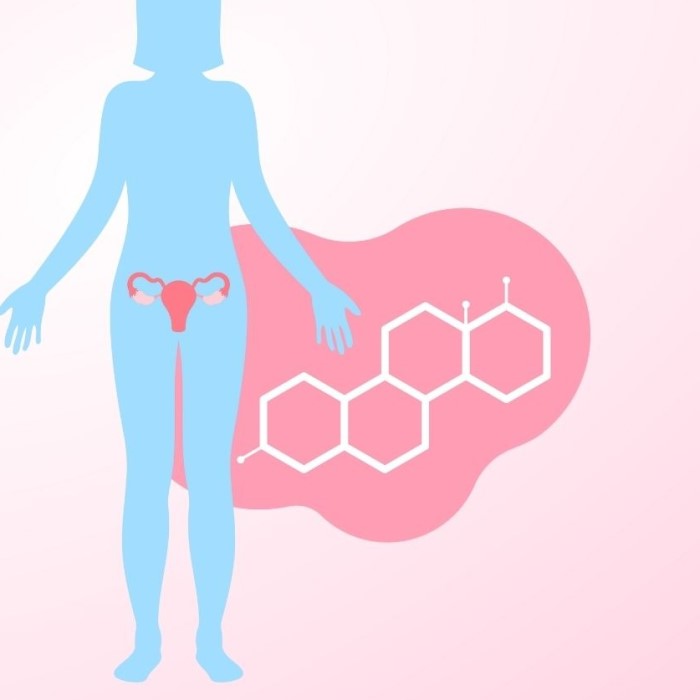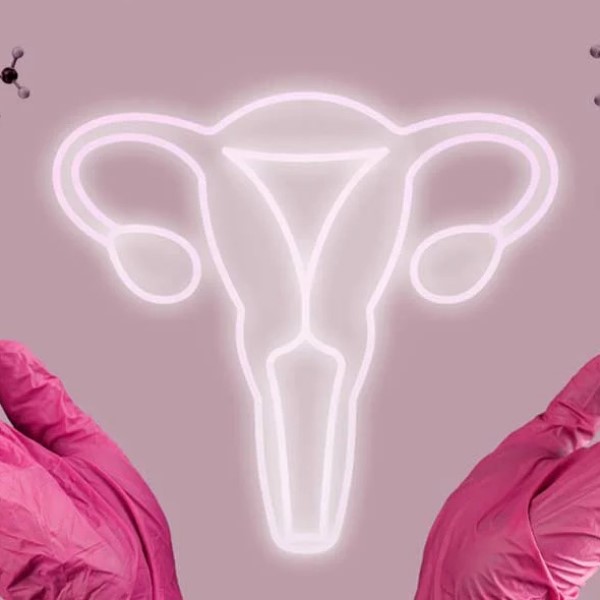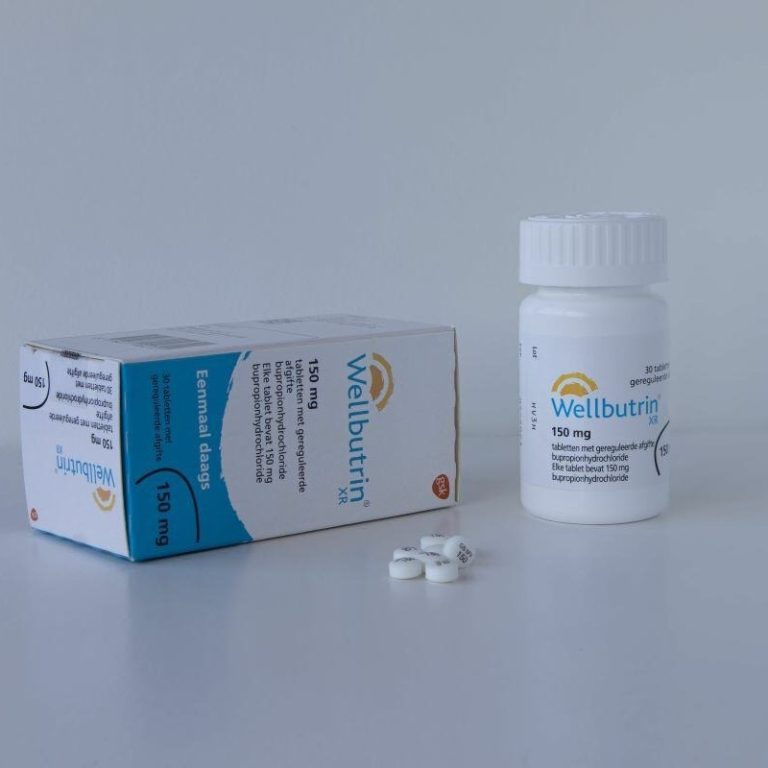
Does Progesterone Cause Hair Loss? A Guide to Women’s Health
Understanding the Connection: Does Progesterone Cause Hair Loss?
As women navigate various life stages, hormonal changes play a vital role in their overall health. One common concern many face is hair loss, leading to a natural question: does progesterone cause hair loss? This guide will delve into the relationship between progesterone, hormonal imbalances, and hair health, providing valuable insights into potential causes and solutions.

Hair loss can be a distressing experience for women. Understanding the role that hormones such as progesterone play can empower individuals to take charge of their health. Let’s explore how progesterone interacts with other hormones and what this means for hair loss.
What is Progesterone and Its Role in the Body
Progesterone is an essential hormone produced mainly in the ovaries. It plays a vital role in the menstrual cycle and pregnancy. This hormone helps regulate the lining of the uterus, preparing it for a fertilized egg. If pregnancy doesn’t occur, progesterone levels drop, leading to menstruation.
Apart from reproductive functions, progesterone is essential for maintaining overall hormonal balance. It works closely with other hormones, such as estrogen, to regulate various body functions. These include maintaining mood, sleep patterns, and even supporting the immune system.
Progesterone also affects skin health, bone strength, and hair growth. It helps promote healthy hair by supporting follicle function. However, imbalances in progesterone levels can disrupt this process, potentially affecting hair growth. Understanding how progesterone functions in the body can help us study connections between hormones and hair loss. This knowledge is essential to addressing health and hair-related issues effectively.
Hormones and Hair Growth: The Basics
Hormones play a major role in regulating hair growth. They influence hair follicles and cycles of growth. To understand hair loss, it’s essential to understand how hormones work.
Hair growth follows a natural cycle with three stages: anagen, catagen, and telogen. The anagen phase is the active growth phase, lasting several years. The catagen phase is short, where growth stops. Finally, the telogen phase is the resting period before hair sheds and a new strand grows.
Hormonal changes can disrupt this cycle, leading to hair thinning or shedding. Hormones like estrogen, testosterone, and progesterone affect the health and function of hair follicles. Balanced levels ensure strong hair strands. However, imbalances can cause adverse effects, including hair loss.
Dihydrotestosterone (DHT), a byproduct of testosterone, is a key hormone linked to hair loss. It binds to hair follicles and causes them to shrink, leading to shorter hair growth phases. Progesterone can counteract DHT, reducing its harmful effects on hair follicles. But excessive or deficient progesterone levels may still affect hair health.
By understanding the link between hormones and hair growth, individuals can identify possible causes of hair loss. This knowledge is crucial for addressing hormonal imbalances and preserving healthy hair.
Causes of Hair Loss: Hormonal Imbalances
Hormonal imbalances are a common cause of hair loss. Hormones significantly affect the hair growth cycle. When levels of hormones fluctuate, it may disrupt hair growth phases.
Progesterone is one such hormone that plays a key role in hair health. Imbalances in progesterone levels can influence hair follicles. Low levels might lead to thinning hair or shedding. On the other hand, excess progesterone might also cause changes in hair growth patterns.
Other hormones like estrogen and testosterone contribute to hair health. An imbalance in these hormones may further worsen hair loss. For example, testosterone converts to dihydrotestosterone (DHT), causing hair follicles to shrink. This process can make hair weak and thin over time.
Stress hormones such as cortisol can also disturb hormonal balance. High cortisol levels often contribute to hair fall. Thyroid hormones, when out of balance, may slow down or speed up the hair growth cycle.
Understanding the effects of hormonal imbalances is important for addressing hair loss. Balancing these hormones may help restore healthy hair growth.
How Does Progesterone Affect Hair Follicles?
Progesterone plays a significant role in the health of hair follicles. Hair follicles undergo a cycle of growth that includes an active growth phase, a transition phase, and a resting phase. Hormones, including progesterone, regulate these phases and influence hair health.
Progesterone helps counteract the hormone dihydrotestosterone (DHT), which is a byproduct of testosterone. DHT shrinks hair follicles, leading to thinner hair and shorter growth phases. Progesterone can inhibit the production of DHT, providing protection for hair follicles and supporting normal hair growth. This balance is critical for maintaining strong and healthy hair.
However, when progesterone levels become imbalanced, it can impact hair follicles negatively. Low progesterone levels may allow DHT to dominate, contributing to hair thinning or shedding. Conversely, excessive progesterone levels might also disrupt hair growth cycles, leading to irregular growth patterns.
In addition to its influence on DHT, progesterone directly supports follicle function. It promotes overall follicle health, which is essential for producing robust hair strands. Disruptions in progesterone levels can, therefore, impair follicle activity, making hair prone to damage and fall.
Understanding how progesterone affects hair follicles is vital for addressing related hair loss effectively. Maintaining balanced hormone levels is key to ensuring that hair follicles thrive and continue their healthy growth patterns.
Can Increased or Decreased Progesterone Levels Cause Hair Loss?
Does progesterone cause hair loss? Progesterone levels greatly impact hair health. Balanced levels promote healthy hair growth and strong hair strands. However, fluctuations in progesterone can disturb hair growth cycles, leading to potential hair loss.
Increased Progesterone Levels and Hair Loss
High progesterone levels can sometimes disrupt the hair growth cycle. Excessive progesterone might alter the anagen (growth) phase, making it shorter, which affects overall hair health.
Elevated progesterone may also interfere with the scalp’s oil balance. This disruption could weaken hair follicles, making them more prone to damage or shedding.
Hormonal interactions also play a role. For example, high progesterone levels might shift the balance of testosterone and estrogen. This shift can have negative effects on hair growth processes.
Decreased Progesterone Levels and Hair Loss
Low progesterone levels can cause an increase in dihydrotestosterone (DHT). DHT is a hormone known to shrink hair follicles and shorten growth phases. Reduced progesterone fails to counteract DHT, leading to hair thinning.
During menopause or postpartum periods, progesterone often drops, and hair loss becomes more evident. Stress or illnesses can also reduce progesterone production, affecting hair health.
Symptoms of low progesterone include hair shedding, thinning, and delay in regrowth. Women may notice gaps on their scalp where hair density has reduced.
Balancing Progesterone to Reduce Hair Loss
Maintaining hormonal balance is key. Lifestyle changes, proper diet, and medical consultations can help regulate progesterone. Hormonal therapy might be useful for treating severe imbalances causing hair loss.
Understanding the role of progesterone levels can help individuals manage hair health better. Keeping progesterone in check is essential for preventing hormone-related hair concerns.
Symptoms and Signs of Hormone-Related Hair Loss
Hormone-related hair loss presents distinct signs that may help in early detection. Identifying these symptoms aids in effective management. Below are common symptoms of hair loss caused by hormonal imbalances:
Thinning Hair
- Description of Thinning: Thinning hair refers to individual hair strands becoming progressively finer and more fragile over time. This can significantly affect overall hair volume and density.
- Patterns of Thinning: Often, thinning occurs uniformly across the entire scalp rather than in specific areas, leading to a more generalized appearance of reduced fullness.
- Causes: Various factors can contribute to thinning hair, including genetics, hormonal fluctuations, nutritional deficiencies, and environmental stressors.
Excess Shedding
- Increased Hair Loss: Individuals may observe an increase in the amount of hair that falls out during daily activities such as brushing, washing, or styling.
- Emotional Impact: Excess shedding can be distressing and may lead to concerns about hair health and appearance, affecting self-esteem.
- Average Hair Shedding: While it’s normal to lose some hair daily (around 50 to 100 strands), significantly more may indicate an underlying issue that needs attention.
Widening Part Line
- Visible Changes in Parting: A widening part line may become evident, particularly at the crown area of the scalp where hair density is usually the highest.
- Impact on Styling Options: This change can influence hairstyle choices and may lead individuals to adopt new styling techniques to cover more scalp.
- Underlying Causes: This symptom can be associated with conditions such as androgenetic alopecia or other forms of hair loss that affect the scalp’s overall density.
Receding Hairline
- Description of Recession: A receding hairline often manifests as hair loss near the temples, where hair begins to thin and pull back from its original position.
- Hormonal Influence: Hormonal changes, particularly related to androgens, can trigger this type of hair loss, which is common in both men and women.
- Psychological Effects: Witnessing a receding hairline may lead to anxiety about aging or self-image, prompting some to seek treatments or cover-up strategies.
Patchy Hair Loss
- Appearance of Bald Spots: Patchy hair loss is characterized by the sudden appearance of bald spots or patches on the scalp, which can vary in size.
- Follicle Shrinkage: This condition typically results from shrinkage of hair follicles due to various factors, including autoimmune responses or hormonal imbalances.
- Dual Diagnosis: Conditions such as alopecia areata can exhibit this symptom, where the immune system mistakenly attacks hair follicles, leading to localized hair loss.
Delayed Hair Regrowth
- Slower Growth Rates: Individuals may experience a notable delay in hair regrowth, with new hair taking longer to appear in areas where it has been lost.
- Gaps in Hair Coverage: This can leave visible gaps in the hairline or scalp, further affecting the individual’s confidence in their appearance.
- Monitoring for Changes: Monitoring hair for signs of regrowth or lack thereof can provide crucial insights into underlying conditions and the effectiveness of treatments.
Increased Scalp Visibility
- Reduced Hair Density: As hair density decreases, the scalp may become more visible, especially in sections where thinning is more pronounced.
- Aesthetic Concerns: Increased visibility of the scalp can lead to aesthetic concerns and may prompt individuals to seek ways to camouflage thinning areas.
- Product Use: Some individuals may resort to hair fibers or sprays designed to create the illusion of fuller hair in areas where scalp visibility has increased.
Change in Hair Texture
- Altered Hair Feel: A change in hair texture might present as hair feeling finer than usual or developing a brittle quality, making it challenging to manage.
- Impact on Styling: Such changes can affect how hair holds styles, making it less manageable and potentially leading to further breakage or damage.
- Possible Indicators: Texture changes can indicate underlying health issues or deficiencies and may also arise from environmental factors such as heat styling or chemical treatments.
Women experiencing menopause, postpartum changes, or chronic stress are prone to these signs. Additionally, certain medical conditions like thyroid dysfunction or PCOS can exacerbate symptoms.
If you notice these signs, consult a healthcare provider. Addressing hormonal imbalances early can help prevent further hair loss. Healthy habits, such as a balanced diet and stress management, can also promote better hair health.
Diagnosing Hormonal Hair Loss Conditions
Identifying hormonal hair loss requires specific diagnostic methods. Proper diagnosis helps target effective treatment.
Recognizing Symptoms of Hormonal Hair Loss
Symptoms of hormonal hair loss include thinning strands, excess shedding, and slow regrowth. Women may see wider part lines, visible scalp, or brittle hair. These patterns can signal hormone imbalances affecting follicles.
Medical History and Hormone Assessment
Doctors begin by reviewing medical history. They check for factors like menopause, stress, or illnesses. Blood tests measure hormone levels such as progesterone, estrogen, testosterone, and thyroid hormones. Hormone disruptions often align with hair loss symptoms.
Scalp Examination
A scalp check helps assess hair density and follicle health. Specialists look for signs like shrinking follicles or patchy areas. Observing the scalp provides clues about underlying hormonal influences.
Hair Pull Test
The hair pull test checks shedding severity. Doctors gently tug small sections to evaluate hair loss intensity. Excess shedding indicates abnormalities in the hair growth cycle.
Advanced Diagnostics
Advanced tests include scalp biopsies or trichoscopy. Scalp biopsies analyze follicles for hormonal effects or conditions like alopecia. Trichoscopies magnify the scalp to study follicles and hair structure in detail.
Diagnosing hormonal hair loss is essential for effective treatment. Early detection prevents worsening and supports hair recovery. Consulting specialists ensures accurate diagnosis and personalized care plans.
Effective Treatments for Progesterone-Related Hair Loss
Progesterone-related hair loss may benefit from targeted treatment strategies. Addressing hormonal imbalances is crucial for restoring healthy hair.
Lifestyle Changes
Healthy habits improve overall hormone levels. Consider these lifestyle adjustments:
- Balanced Diet: Eating nutrient-rich foods supports hormonal health and hair growth. Include proteins, vitamins, and minerals.
- Regular Exercise: Exercise reduces stress and helps regulate hormone levels.
- Stress Management: Practice relaxation techniques, such as meditation or yoga, to lower cortisol levels.
- Limit Sugar and Processed Foods: Excess sugar can disrupt hormones, impacting hair health negatively.
Hormonal Therapy
Hormonal therapy can balance progesterone levels effectively. It may include:
- Bioidentical Hormones: Natural formulations mimic the body’s hormones, helping restore balance.
- Prescribed Medications: Doctors may provide treatments to normalize hormone levels based on your condition.
Scalp Care and Hair Treatments
Directly caring for your scalp and hair can reduce damage and support regrowth:
- Scalp Massages: Improve blood circulation, encouraging healthy follicle function.
- Medicated Shampoos: Dermatologists may recommend specific shampoos to address scalp health.
- Topical Treatments: Options like minoxidil promote hair regrowth and prevent further loss.
Supplements
Nutritional supplements may aid in maintaining healthy hormone levels and improving hair health. Common options include:
- Biotin: Supports hair growth.
- Vitamin D: Helps regulate hormone production.
- Zinc and Iron: Promote follicle health.
Professional Hair Treatments
Advanced therapies may be necessary for severe cases:
- Platelet-Rich Plasma (PRP): Stimulates hair follicles using your blood’s growth factors.
- Laser Therapy: Encourages hair regrowth through targeted light treatments.
- Clinical Procedures: Discuss methods like hair transplants with specialists for persistent hair loss.
Medical Consultation
Consult with healthcare providers for personalized care. They can tailor treatments to address your specific hormone imbalances.
Combining these methods can help manage progesterone-related hair loss effectively. Focus on balanced hormones and holistic care for healthier hair.
Conclusion: Understanding Progesterone’s Role in Hair Loss
In conclusion, the inquiry does progesterone cause hair loss highlights the complex relationship between hormones and hair health. While progesterone fluctuations can impact hair loss, it is just one part of a larger puzzle involving other hormones and factors. Understanding how hormonal changes affect hair can empower women to seek appropriate solutions and manage their health proactively.
If you are struggling with hair loss or suspect a hormonal imbalance, consulting a healthcare professional is advised. They can provide personalized advice tailored to your unique situation, helping restore your hair’s vitality and supporting overall well-being.
By being informed and proactive, women can better navigate the struggles associated with hormonal changes and hair loss. Taking charge of your health journey leads to improved quality of life and well-being!




